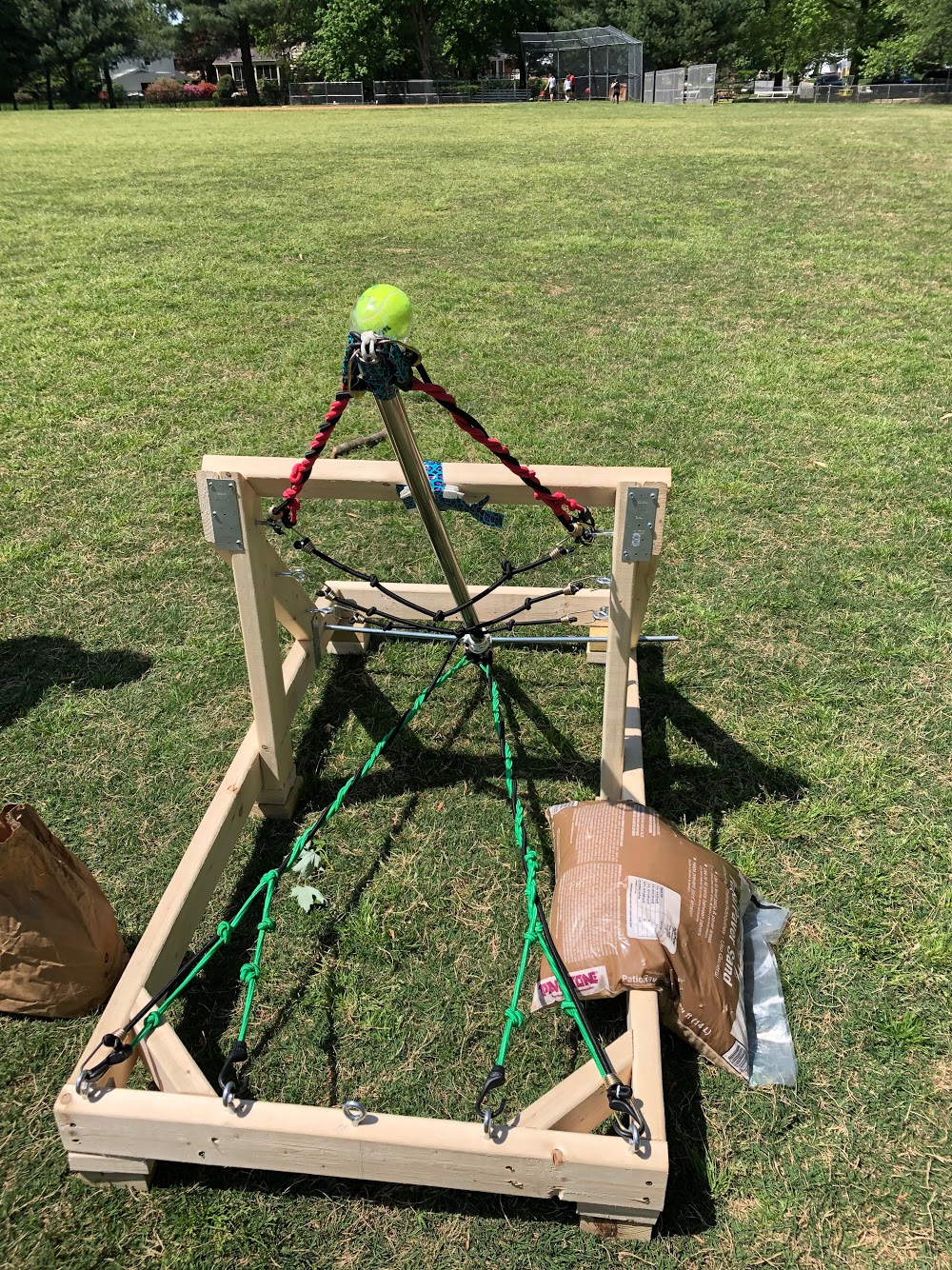

"When you add a sling to the end of the arm, you force the projectile to travel even farther during the same amount of time, which adds to your rate of acceleration." "As the short end of the lever is pulled down, the long end rises at a proportionately greater rate," says Fulton. When the basket is dropped, it pulls down on a rope connected to the short end of a long lever arm that swings on an axel. "It's all really basic physics at a fundamental level," says Michael Fulton, a history professor at Langara College in British Columbia and author of " Siege Warfare During the Crusades." An elevated basket is weighted with hundreds or even thousands of pounds of rocks - that's the counterweight. But the real innovation in trebuchet technology came in the 12th-century with the advent of the counterweight trebuchet.

The very earliest trebuchets, like those first used in China and later in Europe in the early Middle Ages, were people-powered, meaning the lever arm of the catapult was swung by a group of soldiers pulling on a rope. He wanted to fire the War Wolf first, and even built a special viewing platform so the ladies of his court would have a good view of the destruction it wrought. The greatest of Edward's trebuchets was christened Ludgar, or "the War Wolf." The War Wolf required five master carpenters and 50 workmen to build, and was so terrifying in scale that Oliphant had no choice but to surrender. Edward had ordered all Scottish churches stripped of their lead, which was used to build powerful catapults called trebuchets, the largest of which could hurl boulders weighing over 300 pounds (140 kilograms). Behind the castle's thick walls, Sir William Oliphant and his Scottish loyalists endured months of aerial bombardment from perhaps the greatest collection of "siege engines" the world had ever seen. In the year 1304, King Edward I of England laid siege to Stirling Castle, home to the last holdouts of a Scottish rebellion. A 65-foot-tall (20-meter) replica of a trebuchet at the Château des Roure in Labastide-de-Virac, France.


 0 kommentar(er)
0 kommentar(er)
